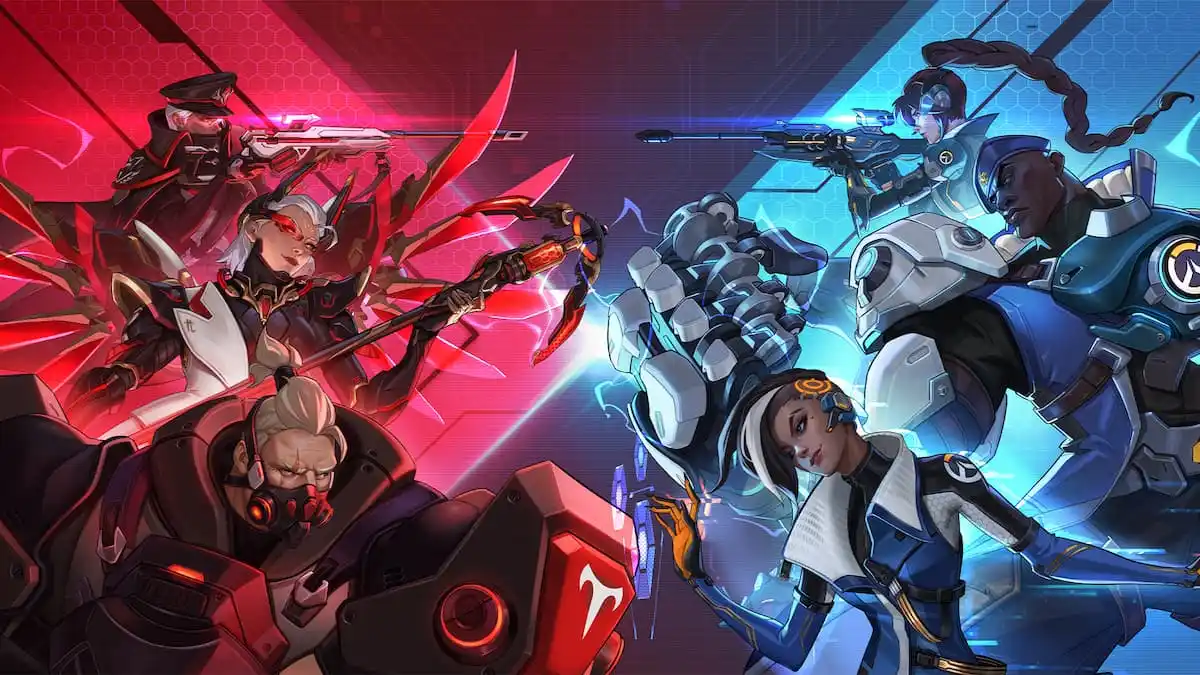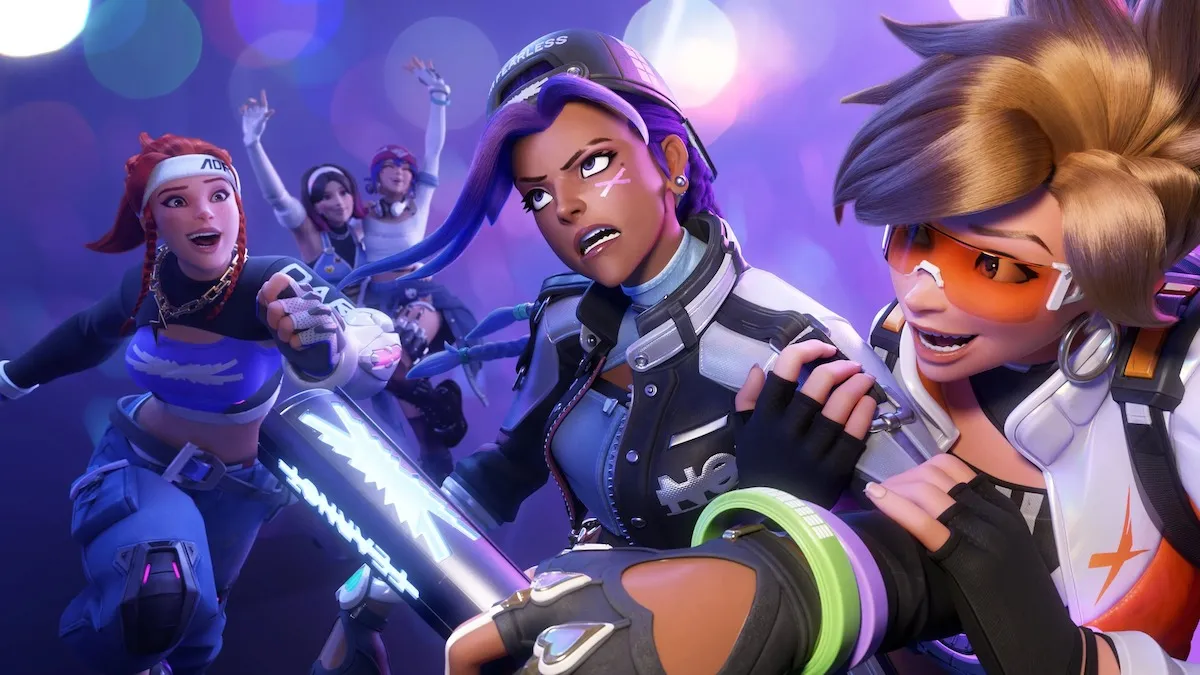This article is brought to you by StatBanana, the best Overwatch strategy tool.
This week, game director Jeff Kaplan and the Overwatch developer team introduced Experimental Mode, a new area for players to try out innovative game adjustments. The first prototype is Triple Damage, which creates Overwatch teams of three damage dealers, two supports, and a single tank hero. There are no immediate plans to add this team setup to the game, which operates on a two DPS, two support, and two tank composition.
Changing the team setup doesn’t seem like too drastic of a change, but the focus on damage heroes can alter the entire flow of an Overwatch match. While the mode is a wild ride back into the chaos of pre-role queue Overwatch, it may hold more value for the developers than it does for players. For players who are hesitant to dive into Triple Damage, we’ve collected some first impressions after playing through the mode in all three roles.
Damage
A big part of Triple Damage’s existence owes itself to the complaints of DPS players. After role queue began last year, damage was such a popular selection that queue times skyrocketed for players, especially those of a high rank. With more than half of Overwatch’s cast labeled as damage, there are also more options within the DPS category. Triple Damage makes for interesting compositions between three separate damage dealers on a team.
As a damage player, the mode is insanely fun. There’s renewed focus in counter-picking enemies instead of playing the most powerful or popular heroes. Sniper duels turned into team affairs, for example, with players going Tracer or Genji to back up their Widowmaker. Symmetra also saw a lot of play. Without the absolute necessity of choosing the “best” hero in a 2-2-2 setup, players are likely to experience more freedom within Triple Damage. This is your time to shamelessly lock in Torbjörn.
Support
Any new team composition breeds chaos, but this chaos isn’t felt strongly until you pick up a support hero. Triple Damage is a wonderland for damage players, but support feels harried and often stressful.
This is an issue Kaplan brought up in his initial comments about internal testing of the 3-2-1 setup within the Overwatch development team. While many support players enjoyed not having to focus on tank players, Kaplan said some players noted “the chaos causes negative anxiety and they prefer just healing tanks.”
Playing as a healer is absolute chaos in Triple Damage. High-output healers like Ana and Moira are necessary for nearly any composition, but Mercy or Lúcio could work better if a team sticks together. Due to the intense damage output from the other team, it’s necessary to heal on a near-constant basis. Healers are also more susceptible to dives and flanks from the opposing team’s DPS. If you enjoy multitasking and the thrill of keeping a team alive, Triple Damage would be a fun mode for you.
Tank
The real draw of Triple Damage is, ironically, the tanks. Since every tank hero is now expected to protect their team by themselves, many changes were made to heroes within Experimental Mode. None of these changes will likely move to standard Overwatch, but they’re fun to consider.
Roadhog and Zarya received the most obvious changes. It’s no coincidence that they’re also the most fun to play in this mode. Zarya can now add a barrier to every ally within a certain range instead of “bubbling” a single ally. If an enemy Zarya throws a Graviton Surge, this barrier ability can save a team and give a Zarya nearly instant full charge on her primary fire. It’s ridiculously fun to find out just how far “multi-bubbling” can go within a game.
Despite being pushed out of the standard Overwatch meta by other off-tanks, Roadhog becomes the star of the Triple Damage mode. His Take A Breather ability now heals allies in close range and offers damage reduction. Much like Zarya’s new multi-bubbles, this ability can help keep allies alive during powerful ultimates by enemies. More importantly, Roadhog’s hook has a lower cooldown, so it can be used more often. Playing Roadhog in Triple Damage feels like shooting fish in a barrel. It’s an apocalyptic good time.
Playing Reinhardt, Orisa, and Sigma feels about the same as it does in standard Overwatch. Reinhardt was the optimal choice before role queue when everyone would pick damage dealers and someone had to flex to tank. Wrecking Ball causes easy chaos in Triple Damage. But even with an improved Defense Matrix, playing D.Va feels nearly impossible in this mode. Unless a team is highly mobile, the level of protection D.Va provides isn’t enough to keep allies alive.
What’s the point?
While the mode is a fun distraction that also offers rewards for participation, many players are wondering what the true objective is with Triple Damage and Experimental Mode as a whole. In the latest Developer Update, Kaplan repeatedly said that Triple Damage and the tank changes within it would likely never make it to standard Overwatch. At its core, the Experimental Mode is a way for developers to gain valuable data while providing new experiences for players.
Triple Damage emerged as a way to cut down on queue times for damage dealers, so the developer team will be looking for feedback on that hypothesis. The changes for tanks, and off-tanks specifically, might offer new ideas that the team can bring back to standard Overwatch. Players have complained about Triple Damage being “pointless,” but what’s the point of any game except to have fun? Even if it’s just a fancy way for developers to gain data, Experimental Mode is fresh, new, and worth a play for any Overwatch fan.






